How Do You See?
by Doug
A question Valda and I get asked, almost more than any other, is ‘how do you see the image in the field?’
Answering this question is a complex task and one I have been wrestling with for some time. I don’t know how Valda approaches visualising images in the field, perhaps she will write about the topic from her point of view one day (I hope so, it would make a fascinating read for me), I can only attempt to put into words my personal process. Even that is fraught with difficulty.
I understand the motive behind the question. My images are abstract in nature rather than representational. Many photographers make images of ‘things’ and so visualising the final photograph is easier. It is simply a case of lens choice, selecting a depth of field to express the effect you desire, exposing, and composing in such way as to include and exclude as much (or as little) as you wish.
With an abstract, especially one using multiple exposures (and possibly ICM) reality is being completely transformed. Not only can you not see the final image before you begin, not can you know what it might be. Visualisation at best can only be but a hazy idea - a glimpse of the possible.
I remember well, when I worked in more classic styles that I approached making photographs in a completely different way. I would research locations. Check tide tables. Consult sunrise and sunset times and directions. Pore over weather forecasts. I would look at the images of others who had visited the locations and scour maps for the ‘best’ spots to place my tripod. I would visualise the image or images I wanted from the place. I knew the type of sky I wanted, where the light needed to come from. I knew the photograph(s) before I even got there. If the location didn’t perform as I had hoped, I left disappointed. I went in with my eyes closed to everything but that which I had decided was the ultimate images from that place. I was a blind photographer.
Letting go of this approach initially was difficult. However, to work with the freedom and spontaneity required to make the images I make now, it is essential. My approach is as opposite as it could be to my old way of working. I have regained my sight.
I am disinterested in anything anyone else has done before. I am disinterested in sun direction (and I do not set out to shoot in the golden hours any more - it is so nice to enjoy breakfast at the hotel). The weather plays little part in what I do - I work with whatever the weather brings. I am only interested in maps as far as finding somewhere to park and getting around. I have no preconceived ideas going in to a location these days and so I almost never come away disappointed. I get far more joy from my photography from this approach - it is liberating and I feel I am thinking for myself, not photocopying the work of those who have gone before me.
So on location, how do I ‘see’ an image, if it is so abstract. How can you see an image when it is further abstracted by multiple exposures, blending modes and intentional camera movement?
The first thing I find helpful is to go into a location with an open mind, prepared to experiment. Many of my favourite images have come from just working with a subject that has caught my eye and seeing what I can develop from it. Sometimes it soon becomes apparent that the subject is not working and so I move on. But occasionally, the magic happens. With multiple exposures you have to be prepared for failure (lots of failure) in order to discover the material that produces inspiring work. There is no substitute for ‘playing’ and experimenting. Certainly, you gradually do learn what may have more potential and also what tends not to work and thus you waste less time searching, but you have to go through the learning process to gain this knowledge.
The idea of working in mini sets or projects is a valuable lesson I have learned from Valda. Previously, I would be on the search for single, stand out images. This was a hang over from the trophy hunting approach from my landscape photography days. The search for that ‘wow’ image. However, learning to think in projects has helped me focus my eye and really explore a subject. It has made me examine locations in greater detail and exercise the full potential of my (limited) creative eye and the abilities of the cameras functions. I am still at a stage where I feel my sets are too homogenous, they need more variation, but it is good to have goals in mind and ways to move forwards and this is one of my current paths to develop. I have also found that this method of working has also helped me find my creative path. Previously I was floundering creatively. I was struggling to find direction in my work, it was fragmented and had no purpose.
Returning to the way I work in the field, these sessions are also great opportunities for learning about the process. It is during this working and experimenting that I really begin to ‘see’ the image as the permutations appear on the live view screen. I respond to the results and make adjustments to correct and refine until I have exhausted what I am working with (and often myself), until I feel I can squeeze no more from it or until my time has run out. If, however, after some work it becomes obvious I am not getting the results I had hoped, I will stop and move on in search of a new subject.
For those who are beginning in this type of photography, I often observe, even after having encouraged them to the contrary, that they don’t go through this intensive process with a productive subject. They make just one or two images that please them and move on. This is such a shame and a waste, not only of many more good images, but also of an opportunity to learn so much about making these impressionistic works.
So, part of the answer to the original question is, that I don’t see the image in the field. What I see is potential. I then work with that potential and see if I can develop it. Sometimes it works, more often it doesn’t. This takes patience and perseverance. I have come to accept that on most days out with the camera I will return with nothing. However, when I do see something which appears to be working on the back of the camera, I slow right down and really work it as hard as I can, developing and experimenting with it as much as possible - squeezing every ounce of potential from it. This is creative gold. I am prepared when I see it on the big screen that I might be disappointed - the small camera screen is horribly deceptive, but I forge on regardless. It is essential to really work the subject, chasing down blind alleys, pushing the settings, being prepared to think extravagantly. Sometimes, just sometimes, it is from this pushing that the magic comes.
In a future post I plan to cover some other factors that heavily influence ‘seeing’ images - our inspirations and then also how to ‘see’ the final image from the raw file, to be able to extract a final image from what we have created in the field. These are essential parts of the process, but I hope you have found these thoughts practical?
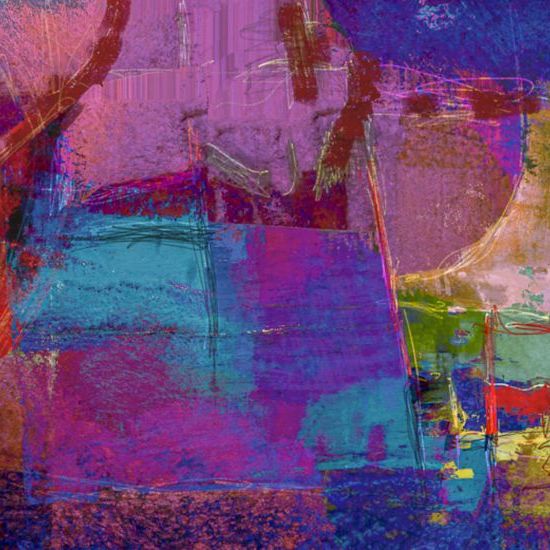
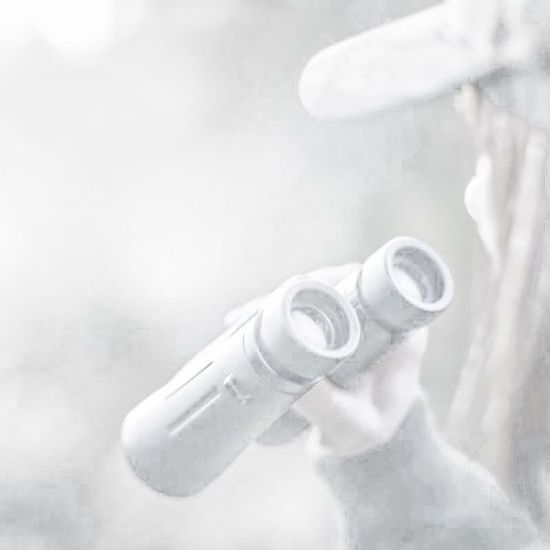

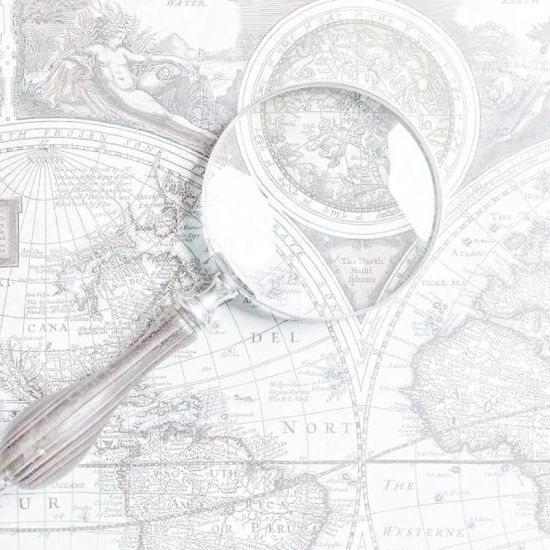
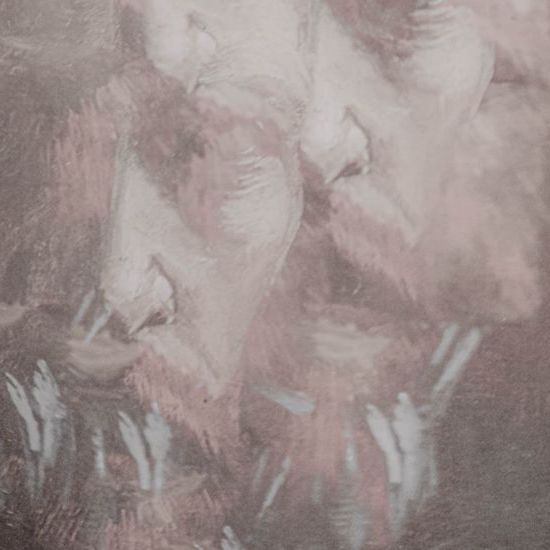
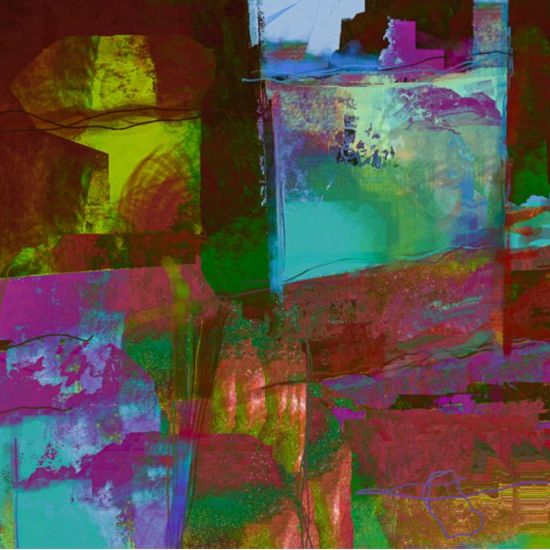
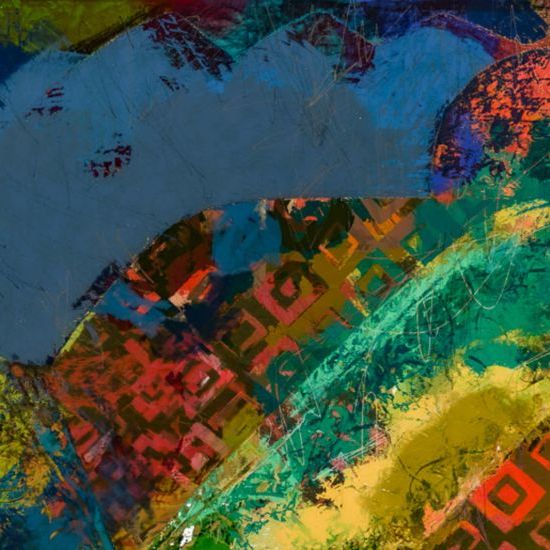
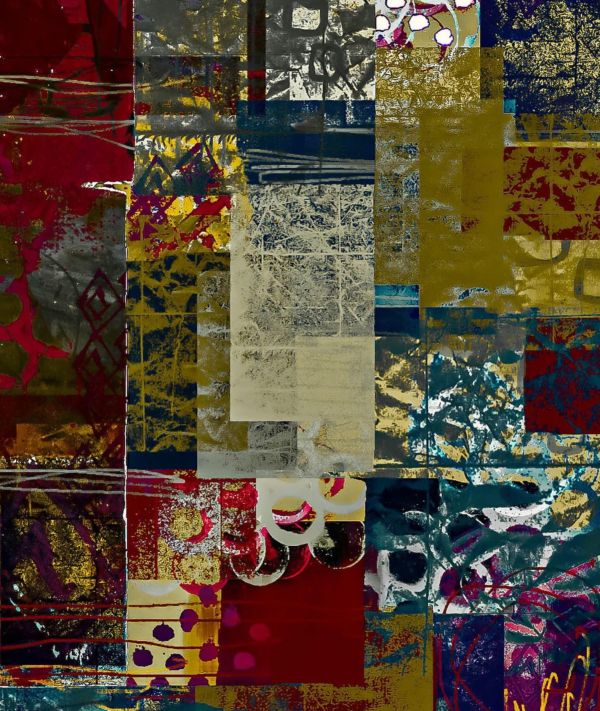
Comments
Leave a Comment
Commenting is not available in this channel entry.